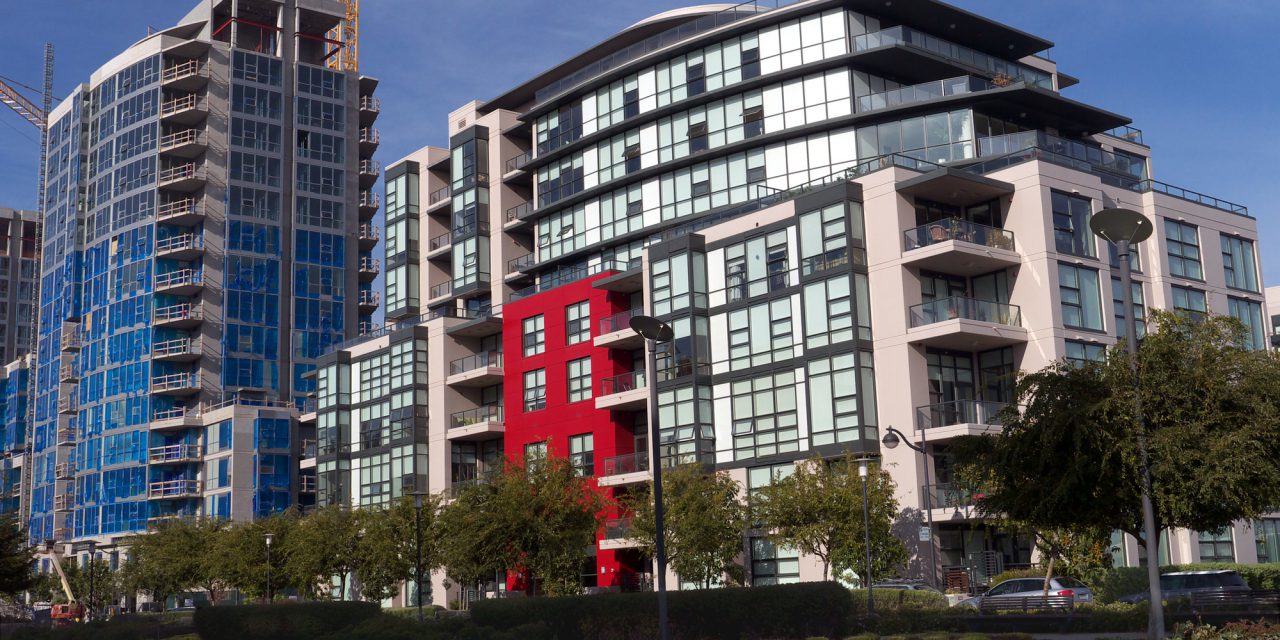College students are not immune to California’s housing crisis.
11% of students enrolled in a California State University report being homeless during 2017, according to a California State University study. The percentage of college students experiencing homelessness is even worse for community college students and first-generation college students, according to the Orange County Register.
California’s Senate has taken notice and is currently considering a bill to incentivize builders to construct more student housing.
It’s particularly difficult to convince builders to invest in student housing due to the:
- high density of students per unit, which require different layouts than builders are used to; and
- lack of state incentives available since low-income students often aren’t able to prove their personal income.
According to the author of the bill, who represents an area of the state which includes Berkeley and Richmond, her bill provides a much-needed fix.
This bill provides a density bonus to builders constructing units which will be fully occupied by students enrolled at a university, college or community college. Further, 20% of these units need to be set aside for low-income students and made available at below-market rent.
The density bonus allowed under the bill allows new construction of this type of student housing to exceed the maximum density allowed by local governments by 35%.
The bill would prohibit a local government from demanding parking requirements for this type of student housing when it is located within one mile of a college, university or community college.
Related article:
Steps forward to more construction
This particular bill is likely to pass, and when it does it will join the ranks of several recently passed laws aimed to increase more housing available to low- and moderate-income residents.
Combined, these bills attack the lack of mid- and low-tier housing by:
- encouraging, and sometimes requiring, local governments to re-zone for higher density;
- streamlining the construction approval process;
- loosening environmental review regulations; and
- limiting vocal not-in-my-backyard (NIMBY) advocates from taking over local re-zoning efforts.
California is in dire need of more housing to shelter its constantly growing population. And for real estate professionals, more construction is a question of survival in the industry.
When more units are added to the housing stock, more household formations will be able to occur. Rents will cool down and renters will be able to save up more of their money, enabling more homeowners. This will improve the quality of life for most California residents, all while injecting some stability into California’s housing market.
Stay tuned for more information as California’s legislature continues to combat the housing shortage.
Related article:














